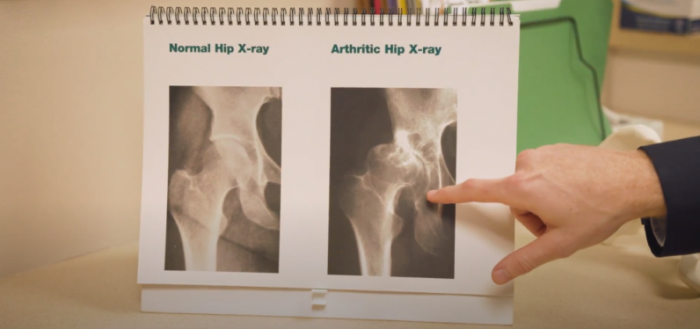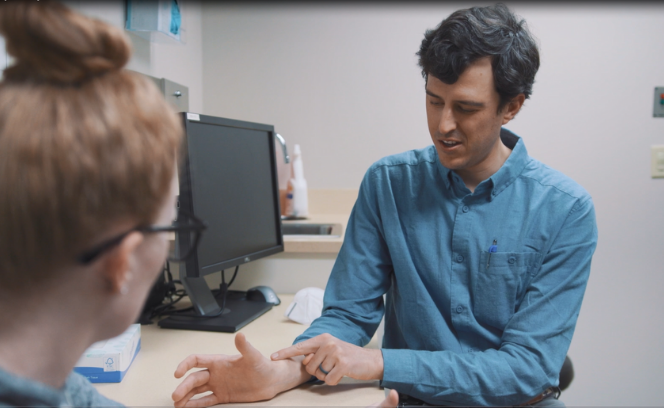
Every year during the week of October 6-12, the American Academy of PA’s celebrates National PA Week, which recognizes the PA profession and its contributions to the nation’s health. The Center is proud to have 19 Physician Assistants on our team, working across a variety of specialties. Here are the answers to some frequently asked questions to help raise awareness about the great work that PAs are doing.
What is a PA?
A PA, or Physician Assistant, is a medical professional who diagnoses illnesses, preforms examinations, develops and manages treatment plans, prescribes medications, and often serves as a patient’s’ primary healthcare provider. PAs practice in every state and in every medical setting and specialty, improving healthcare access and quality.
What kind of education do PAs have?
Physician assistants have thousands of hours of medical training, and are educated at the master’s degree level. Before entering a PA program – which is a highly competitive process – individuals must complete their bachelor’s degree with a specific list of prerequisites. Incoming PA students often have more than 3,000 hours of direct patient experience from working as paramedics, athletic trainers, or medical assistants before they even enter a PA program. PA programs are usually about three years in length and include more than 2,000 hours of clinical rotations in medical and surgical disciplines.
What types of tasks can PAs perform?
The specific duties of a physician assistant will vary depending on the type of medical facility they work in, their level of experience, their specialty, and where they are located. Some of the tasks a PA might handle include:
- Taking medical history
- Performing physical exams
- Diagnosing/treating illness
- Ordering and interpreting medical tests
- Developing and managing treatment plans
- Prescribing medication
- Performing procedures and assisting in surgery
How do PAs work with physicians?
Generally, physicians complete a longer education than physician assistants, including 3 to 7 years of residency training after receiving a medical degree. Physician assistants typically operate under the supervision of a physician, both sharing the patient care responsibility.
What is the difference between a physician assistant and a nurse practitioner?
When it comes to day-to-day practice, physician assistants and nurse practitioners have similar responsibilities. Physician assistants are typically educated in general medicine, which includes a wide range of aspects of medicine, while nurse practitioners usually choose a focus such as pediatrics, women’s health, or primary care. Physician assistants are also trained to practice medicine based on a curriculum in medical school education, while nurse practitioners are trained in the advanced practice of nursing.
What are some of the advantages of seeing a PA for medical care?
PAs are trained in general medicine, which means they have a broad knowledge of a wide variety of medical conditions, and are able to provide a spectrum of patient care. PAs work as a close team with their supervising physician, and are trained to work hands-on with patients and perform a wide range of procedures, consultations, and examinations. Physicians are always available to their PAs when a complex medical situation might arise. PAs are trained to consider the whole patient, and can often help advise patients about lifestyle and preventative care.





